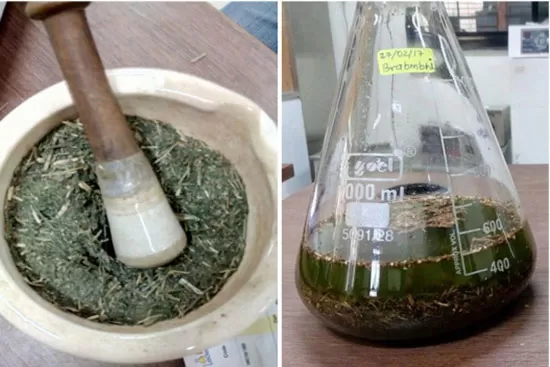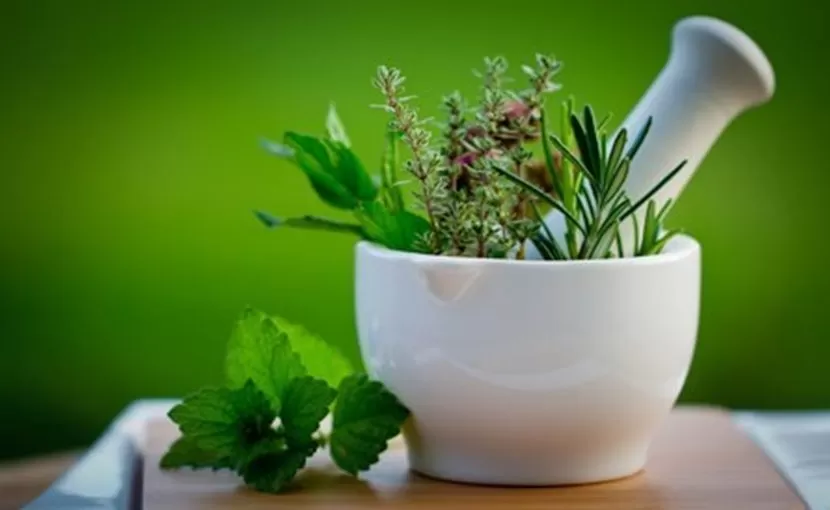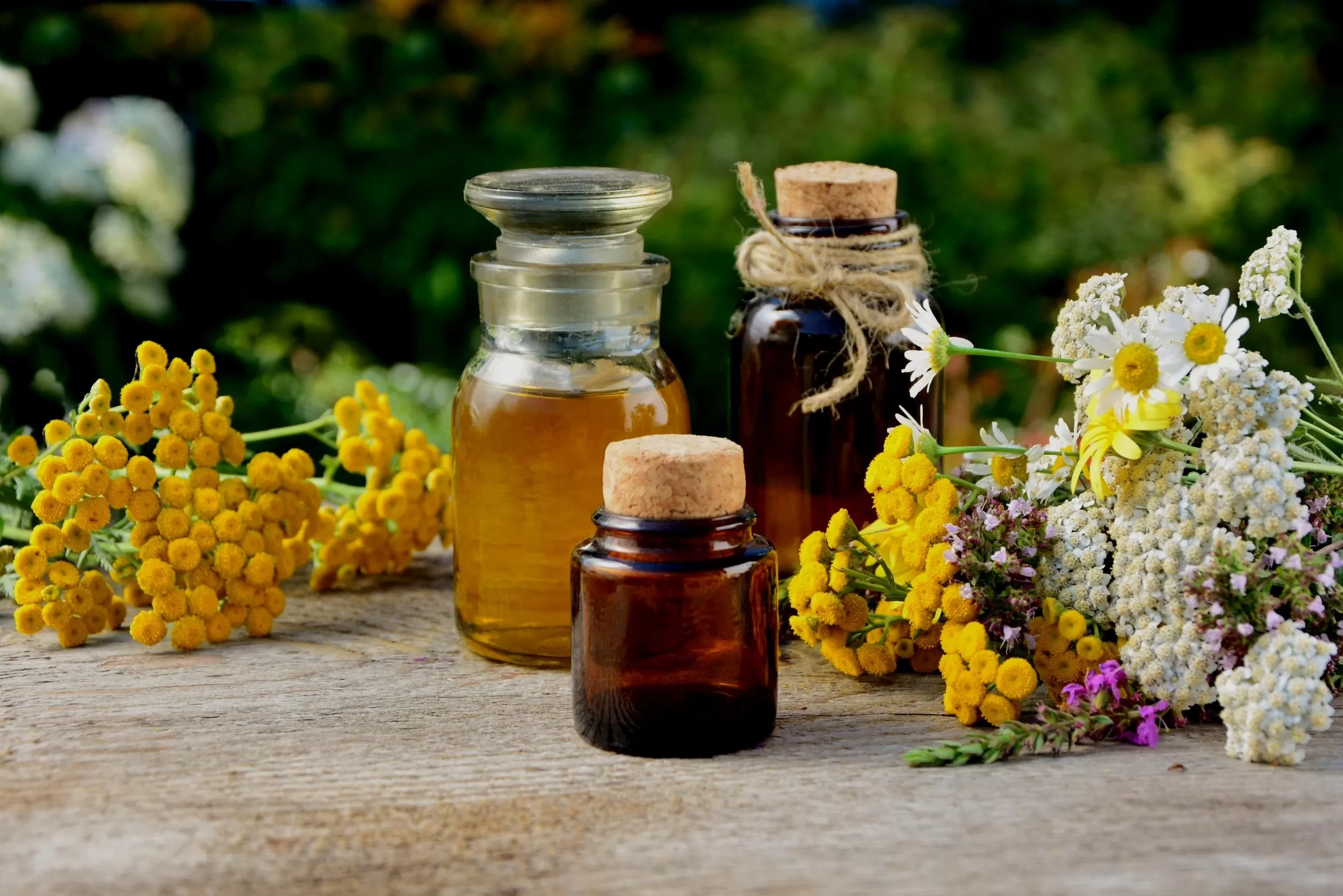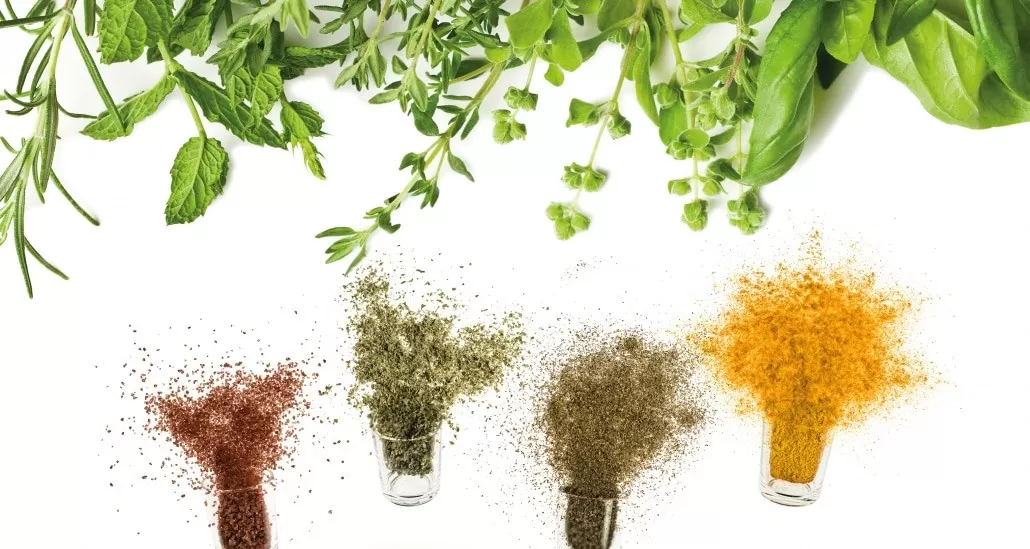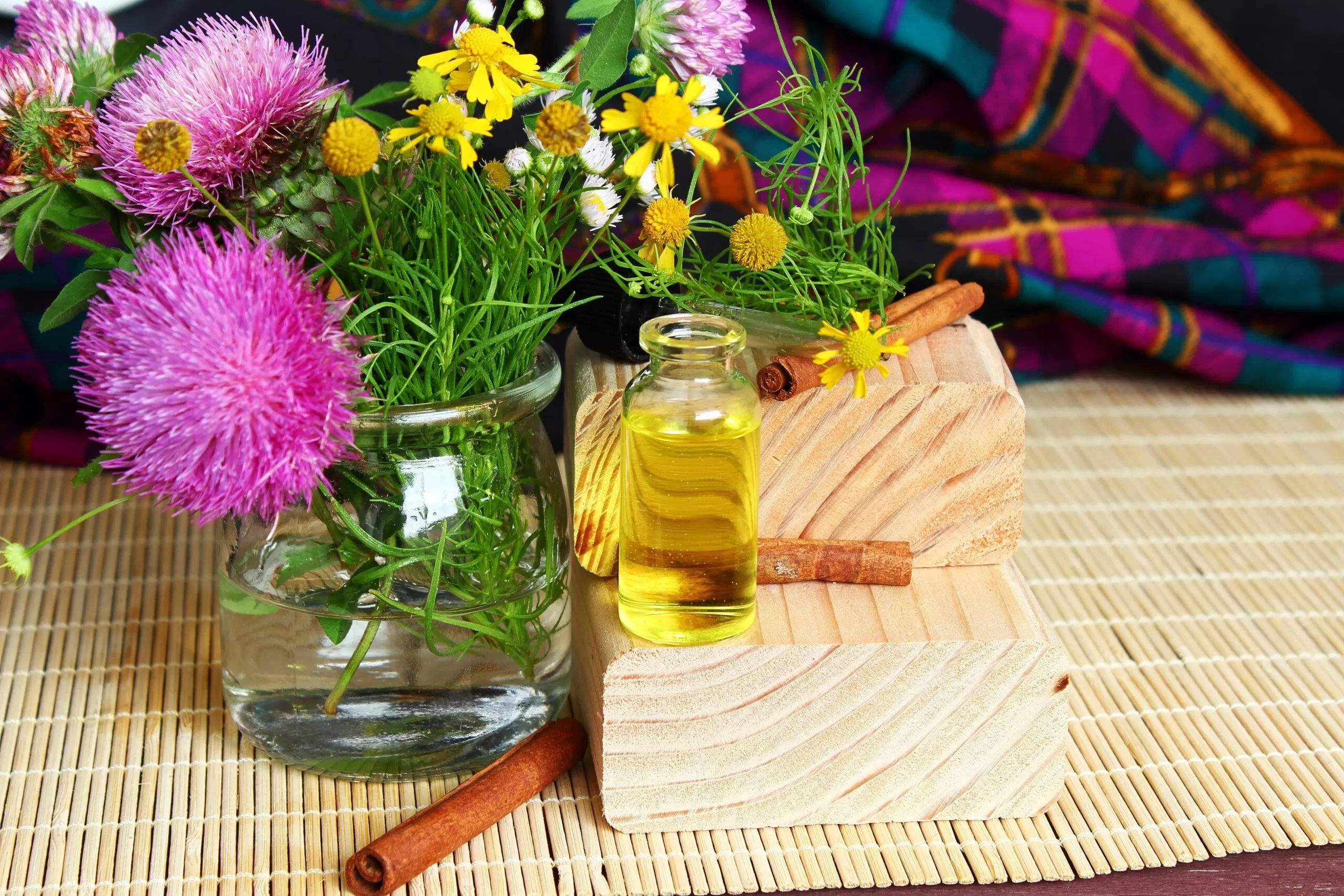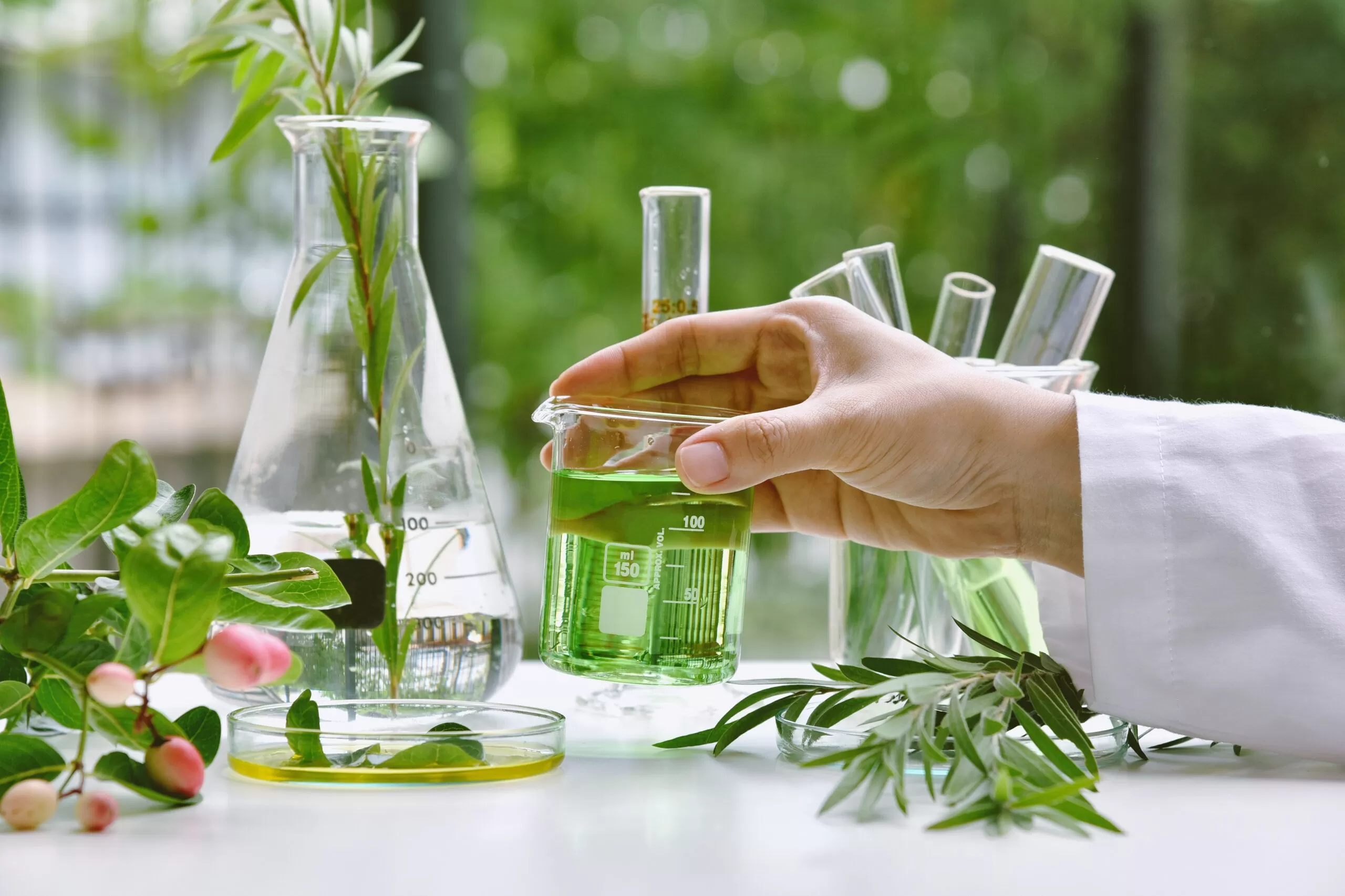- 0086-571-85302990
- sales@greenskybio.com
What are extracts made of?
2025-04-13
In the realm of natural products and wellness, extracts play a pivotal role in harnessing the benefits of plants. These concentrated forms of bioactive compounds capture the essence of the source material, offering unique properties utilized in a variety of applications ranging from food flavoring to pharmaceuticals and cosmetics. But what are extracts made of? This article aims to explore the intricate world of extracts, unraveling their composition, sources, methods of extraction, and wide-ranging uses, providing a thorough understanding of how they contribute to modern industries.
Understanding Extracts
Extracts are concentrated solutions obtained from plants, herbs, or animal substances that contain active ingredients offering specific properties or benefits. The primary purpose of creating extracts is to isolate desired compounds while preserving their potency and stability. These components may include essential oils, alkaloids, flavonoids, terpenes, and other phytochemical constituents.
Botanical Sources
1. Plants and Herbs: The majority of extracts are derived from various parts of plants and herbs, including leaves, flowers, seeds, roots, and bark. Each part may offer different bioactive compounds, contributing to the extract’s overall efficacy. For example, the seeds of vanilla pods are used to produce vanilla extract, while the leaves of mint plants yield peppermint extract.
2. Fruits and Vegetables: Certain extracts are made from fruits and vegetables, preserving flavors and nutritional benefits. Citrus fruits are commonly used to derive extracts like lemon or orange extract, which capture the essential oils present in the peel.
3. Animal Sources: Though less common than plant-based extracts, some extracts are derived from animal products, including gelatin or fish oil extracts, which are rich in nutrients like omega fatty acids and collagen.
Methods of Extraction
The process of extracting compounds from raw materials involves various techniques aimed at optimizing yield, quality, and stability of the final product. Several extraction methods are commonly used:
1. Solvent Extraction: One of the most traditional methods, solvent extraction uses chemicals such as alcohol, ether, or hexane to dissolve the desired compounds from the plant material. This is particularly effective for obtaining essential oils and is widely used in the perfume industry.
2. Cold Pressing: Commonly used for citrus fruits, cold pressing extracts oils by mechanically pressing the fruit peel. This method preserves the freshness and aroma of the oil, making it popular for producing extracts like lemon or orange.
3. Steam Distillation: Primarily used for essential oils, steam distillation involves passing steam through plant material to vaporize volatile compounds. The vapor is then condensed back into liquid, isolating the essential oil from water. This technique is valuable for lavender, rosemary, and eucalyptus oil extraction.
4. Supercritical CO2 Extraction: A modern technique employing carbon dioxide under high pressure and temperature to extract compounds without solvents. This method is clean and efficient, often used for high-value extracts like those from hops or cannabis.
Composition of Extracts
The composition of extracts varies significantly depending on the source material and extraction method. However, they generally consist of:
1. Essential Oils: Natural, volatile aromatic compounds that provide scent and flavor. Essential oils are often the main active components in extracts used for aromatherapy, flavoring, and perfumery.
2. Phytochemicals: Bioactive non-nutrient plant compounds that have health-promoting properties. These may include flavonoids, terpenes, and polyphenols, offering antioxidant, antimicrobial, anti-inflammatory, and other benefits.
3. Carrier Solvent or Base: Extracts may also contain a solvent or base used during the extraction process, such as alcohol or glycerin. These carriers ensure the stability and solubility of the active compounds.
Applications of Extracts
Extracts are integral to various industries due to their versatility and effectiveness:
1. Food and Beverage Industry: Extracts are used to enhance flavor and aroma in culinary applications. Vanilla extract, almond extract, and citrus oils are common examples that add depth to baked goods, candies, and drinks.
2. Cosmetic and Personal Care: Botanical extracts provide natural therapeutic benefits for skin and hair care products. Aloe vera and chamomile extracts are included for their soothing properties, while tea tree extract is valued for its antibacterial effects.
3. Pharmaceuticals: Extracts offer potent active ingredients crucial to the formulation of medications and supplements. The concentrated nature makes it easier to harness benefits like the pain-relieving properties of willow bark extract or the immune-boosting qualities of Echinacea Extract.
4. Aromatherapy: Essential oil extracts are used in aromatherapy to improve mental and physical wellness. Lavender and peppermint extracts are popular for relaxation and revitalization.
Conclusion
The realm of botanical extracts is vast and complex, offering a glimpse into the potential of natural materials to serve diverse applications. Understanding what extracts are made of involves acknowledging the rich composition harvested through various extraction methods from a wide range of sources. The transformative power of extracts lies in their ability to deliver concentrated benefits efficiently, playing a substantial role in multiple industries that cater to health, flavor, personal care, and wellness. As we continue to explore and innovate, extracts remain a cornerstone in the pursuit of harnessing nature’s abundance for human advancement.
- ▶ Hesperidin
- ▶ citrus bioflavonoids
- ▶ plant extract
- ▶ lycopene
- ▶ Diosmin
- ▶ Grape seed extract
- ▶ Sea buckthorn Juice Powder
- ▶ Beetroot powder
- ▶ Hops Extract
- ▶ Artichoke Extract
- ▶ Reishi mushroom extract
- ▶ Astaxanthin
- ▶ Green Tea Extract
- ▶ Curcumin Extract
- ▶ Horse Chestnut Extract
- ▶ Other Problems
- ▶ Boswellia Serrata Extract
- ▶ Resveratrol Extract
- ▶ Marigold Extract
- ▶ Grape Leaf Extract
- ▶ blog3
- ▶ blog4
- ▶ blog5
-
Extract Usage: A Comprehensive Guide
2025-04-13
-
Are plant extracts good for you?
2025-04-13
-
What are plant-based extracts?
2025-04-13
-
What Is a Plant Extract? A Deep Dive
2025-04-13
-
melatonin extract
2025-04-13
-
Tormentil Extract
2025-04-13
-
Uridine-5'-monophosphate Disodium salt
2025-04-13
-
Maitake Mushroom Extract
2025-04-13
-
Plantain extract
2025-04-13
-
Sea buckthorn oil
2025-04-13
-
Curcuma Longa Extract/Turmeric extract
2025-04-13
-
Propolis Extract Powder
2025-04-13
-
Red Vine Extract
2025-04-13
-
Black Garlic Extract
2025-04-13











